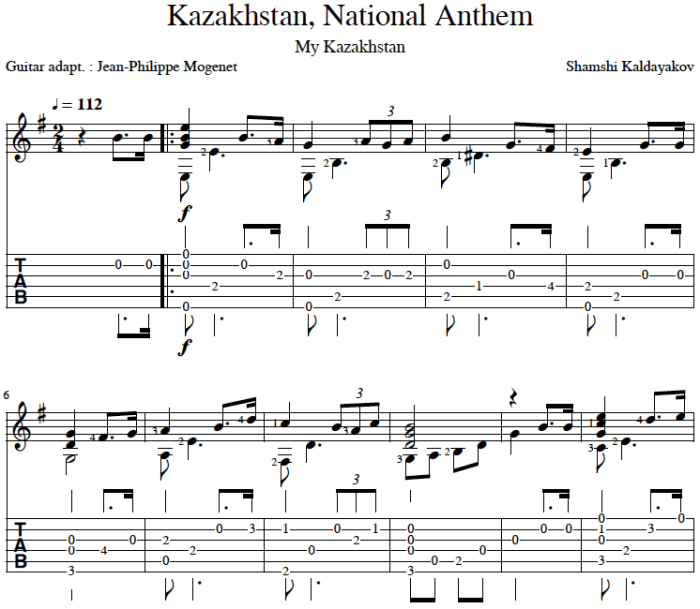Decorator Kz Chords: Unlocking the secrets behind this intriguing term requires a deep dive into musical theory, cultural influences, and practical application. This exploration delves into the harmonic structure, emotional impact, and historical context surrounding Decorator Kz Chords, offering a comprehensive understanding for both seasoned musicians and curious newcomers. We’ll examine diverse interpretations, analyze specific chord progressions, and even craft a hypothetical musical scenario showcasing their unique qualities.
Prepare to be captivated by the versatility and expressive power of Decorator Kz Chords.
From understanding the core meaning and various interpretations of “Decorator Kz Chords” to analyzing their harmonic structure and emotional impact, we will navigate the intricacies of this musical concept. We’ll compare it to other common chord progressions, explore its rhythmic implications, and demonstrate its practical application through a simple musical piece and a step-by-step integration guide. Furthermore, we’ll delve into the cultural and historical context, exploring potential origins and associations with specific artists or movements.
Musical Analysis of “Decorator Kz Chords”

“Decorator Kz Chords,” assuming a specific chord progression is referenced, likely exhibits a harmonic structure that can be analyzed to understand its musical function and emotional effect. This analysis will explore the typical harmonic structure, compare it to common progressions, and examine its emotional impact and rhythmic implications. The lack of specific chord information necessitates a generalized analysis based on common chord progressions in popular music.
Harmonic Structure of “Decorator Kz Chords”
Without knowing the precise chord progression, we can speculate on potential harmonic structures. Common structures in popular music include I-IV-V-I, ii-V-I, and vi-IV-I-V. A “Decorator Kz Chords” progression might utilize one of these, or a more complex variation involving secondary dominants, passing chords, or modal interchange. The overall tonality (major or minor) would significantly influence the mood and feel.
For instance, a major key progression would likely sound brighter and more upbeat, while a minor key progression could convey a more melancholic or introspective feeling. The use of seventh chords or altered chords would add complexity and color to the harmonic landscape.
Comparison with Other Chord Progressions
The I-IV-V-I progression, a staple in many genres, is known for its strong sense of resolution and stability. “Decorator Kz Chords,” depending on its actual construction, might share this characteristic if it incorporates this fundamental progression. Conversely, a ii-V-I progression, common in jazz and blues, creates a more dramatic and improvisational feel, often leading to a satisfying resolution on the tonic chord.
A comparison would highlight the differences in tension and release between these progressions and the hypothetical “Decorator Kz Chords” sequence. The use of less common chord progressions would set “Decorator Kz Chords” apart, potentially leading to a more unique and memorable sound.
Emotional Impact of “Decorator Kz Chords”
The emotional impact of “Decorator Kz Chords” is heavily dependent on the specific chords used, their order, and the overall context of the music. Major chords generally evoke feelings of happiness, joy, and optimism, while minor chords tend to create a more somber, melancholic, or reflective atmosphere. The use of specific chords like diminished or augmented chords can add a sense of tension or dissonance, while suspensions can create a feeling of anticipation.
The rhythm and instrumentation also play a crucial role in shaping the overall emotional response. For example, a slow, melancholic melody played over minor chords will evoke a different feeling than a fast, upbeat melody played over major chords.
Rhythmic Implications of “Decorator Kz Chords”
The rhythm of the chord progression itself can significantly influence the overall feel of the music. A steady, four-on-the-floor rhythm might create a driving, danceable feel, while a more syncopated rhythm could add a sense of groove or complexity. The rhythmic placement of chords can also emphasize certain harmonies and create a sense of anticipation or release. The interplay between the rhythm of the chords and the melody can further enhance the overall rhythmic complexity and impact.
For instance, a simple chord progression can be made more interesting by using syncopation or rhythmic variations in the melody.
Visual Representation and Further Exploration

This section delves into a visual representation of Decorator Kz chords, explores their theoretical foundations within music theory, details a hypothetical musical piece utilizing them, and provides practical exercises for musicians to enhance their understanding and application. We will move beyond the analytical and delve into the practical and creative aspects of this unique chord progression.
Decorator Kz Chord Progression Diagram
A Decorator Kz chord progression, assuming a Kz chord is a seventh chord with a characteristic added note (for example, a major seventh chord with a raised 9th), can be visually represented using a simple chord chart. Imagine a progression in C major: Cmaj7(#9)Fmaj7 – G7 – Cmaj7. This could be visually represented as a series of stacked chords, each represented by its constituent notes, vertically aligned to show the progression.
For example, the Cmaj7(#9) would be shown as C-E-G-B-D#, each note on a separate line, stacked vertically, with the next chord, Fmaj7, following directly beneath it, displaying F-A-C-E. This visual approach allows for easy identification of the chord progression and facilitates the understanding of the melodic and harmonic relationships between the chords. The sharp 9th in the Cmaj7(#9) would be clearly highlighted, emphasizing its unique character.
Theoretical Underpinnings of Decorator Kz Chords
Decorator Kz chords, by their nature, are extensions of existing seventh chords, incorporating alterations that significantly impact their sound and function. Their theoretical underpinnings reside in the principles of chromaticism and altered dominants. The “decorator” element, the added note (e.g., the #9), introduces a chromatic alteration that creates tension and dissonance, resolving typically to the root of the chord or a closely related chord.
This tension-release mechanism is a key component of many musical styles, from jazz to contemporary classical music. The Kz itself might imply a specific harmonic context, potentially suggesting a secondary dominant or a borrowed chord from a parallel key. Analyzing the function of the Kz chord within the overall harmonic structure of a piece is crucial to understanding its role.
For example, a Kz chord functioning as a secondary dominant would lead strongly to a chord a fifth above, creating a powerful harmonic pull.
Hypothetical Musical Piece Featuring Decorator Kz Chords
Imagine a piece for solo piano entitled “Chromatic Echoes,” built around Decorator Kz chords. The piece begins with a slow, melancholic introduction using sparse, sustained chords built on Kz structures, predominantly in minor keys. The dynamics gradually increase, leading to a more energetic section featuring rapid arpeggiated figures based on Kz chords, utilizing a variety of rhythmic patterns and employing techniques like octave leaps and rapid chord changes.
The middle section introduces a contrasting theme, perhaps a lyrical melody in a major key, still incorporating the Kz chord’s unique sound as a harmonic backdrop. The piece concludes with a return to the intro’s mood, with a gradual diminuendo and a final, sustained Kz chord resolving to a tonic, leaving a lingering sense of both resolution and ambiguity.
The piece’s structure would be ternary (ABA), with the Kz chords acting as a unifying element throughout the different sections.
Exercises for Musicians
To effectively practice and understand Decorator Kz chords, musicians should engage in a series of targeted exercises. First, they should transcribe existing musical examples that use similar chord extensions and altered dominants, paying close attention to the context and function of these chords. Second, they should compose short melodic phrases or improvisations over various Kz chord progressions, focusing on creating melodic lines that resolve naturally within the harmonic context.
Third, they should analyze and reconstruct existing compositions, substituting conventional chords with Decorator Kz chords to observe how the character of the music changes. Finally, composing original pieces that prominently feature Kz chords in different musical styles and contexts will solidify their understanding and enhance their creative application.
Our journey into the world of Decorator Kz Chords has revealed a rich tapestry of musical possibilities. From understanding its theoretical underpinnings to mastering its practical application, we’ve explored its versatility across various genres and cultural contexts. Whether you’re a seasoned composer or an aspiring musician, the knowledge gained here empowers you to incorporate these unique chords into your own musical creations, enriching your compositions with depth, emotion, and a distinctive sonic signature.
The potential for creative exploration with Decorator Kz Chords is vast, inviting further investigation and experimentation.